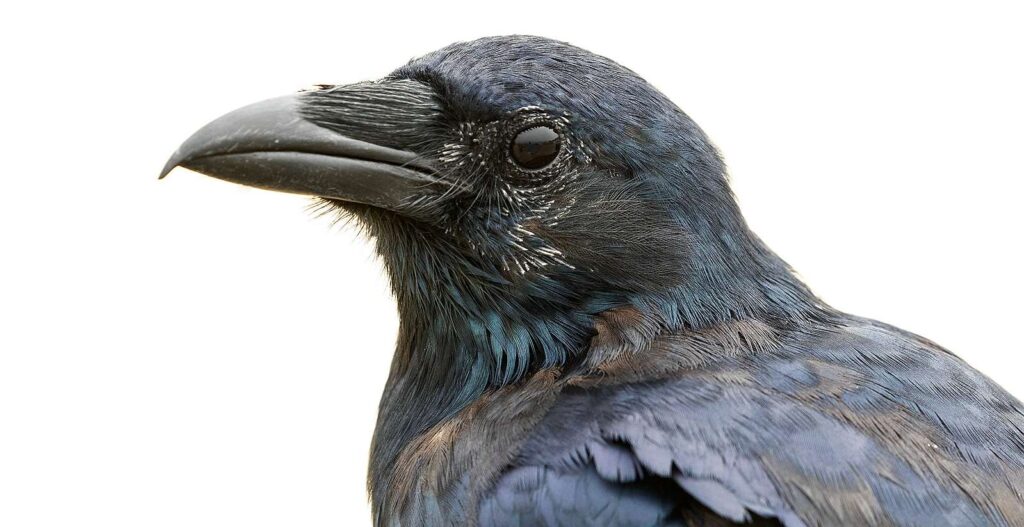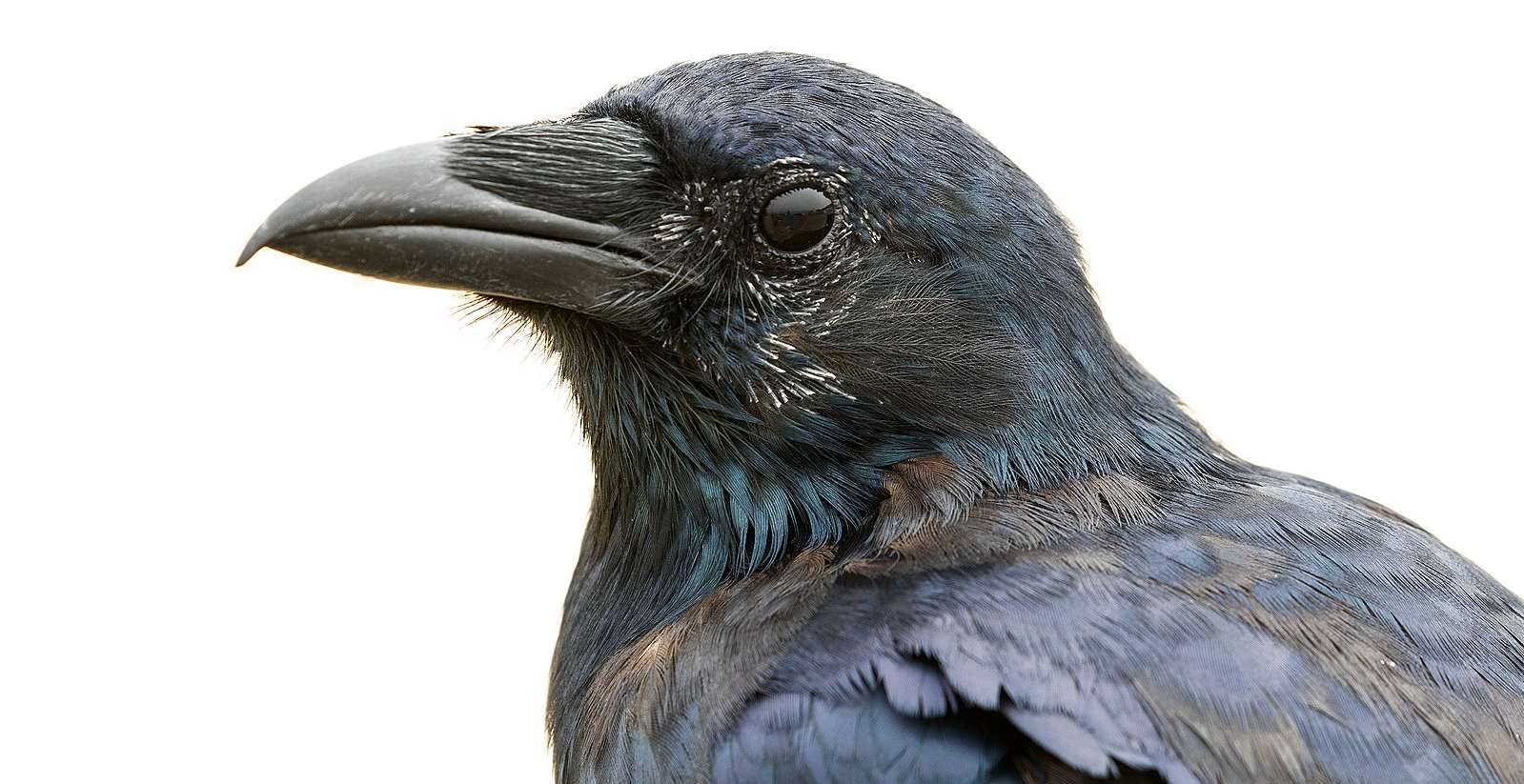
Building on substantial evidence of crow consciousness, a German university has proven some crows can learn to recognize ‘zero’ as a counting unit.
While that sounds ridiculous, zero is not nothing, rather it’s one of the most complex mathematical concepts devised—that something can and should represent nothing, not only as the base value, but as a placeholder.
The work comes from the University of Tübingen in Germany, where professor Andreas Nieder works with carrion crows to perform intelligence tests.
“The conception of “nothing” as number “zero” is celebrated as one of the greatest achievements in mathematics,” wrote Nieder in his paper. “We show that crows can grasp the empty set as a null numerical quantity that is mentally represented next to number one.”
Exactly how this breakthrough was made is straightforward and did not involve birds watching Sesame Street.
The crows were shown two sets of dots on a screen and were taught to indicate if the two screens had the same values. There could be between zero and four dots. Exactly as with 1, 2, 3, and 4—when the screens showed no dots, neurons in the crow’s brain demonstrated it was understanding this was a numeric value, but that it was a numeric value that contained nothing.
MORE: Here’s How Thousands of Birds Are Being Saved From Flying into Toronto Buildings
Sometimes the crows made mistakes, often by thinking zero was in fact one, but it was rare they thought zero represented more than two.
Counting Crows
It took human civilization at least until the 20th century BCE to firmly establish the empty or base value. At some point between the Akkadians and Old Babylonians, there was a symbol to represent a number was missing from a column, for example the 0 in 1,025 doesn’t mean the number is 26, it just means there are no hundreds in this number.
CHECK OUT: New Research Shows Why Crows Are So Intelligent and Even Self-Aware—Just Like Us
As early as 1,770 the Egyptians were making hieroglyphs with the base value “nfr” from which began counting and distances. The ponderous Greeks never managed to capture the concept into their counting, language, or philosophy, meaning that as well as occasionally being smarter than a first grader, these “Counting Crows” were smarter in some ways than the Classical Greeks.
Nieder contributed greatly to the current theory of animal consciousness, which is that it’s possible this highest level of thought isn’t necessarily bound to the presence of the cerebral cortex, a cranial region found only in primates, apes, and hominids.
In an older experiment he trained two crows to peck at panels following a flash of blue light or red light, but Nieder made the task more difficult by changing the rules constantly, which required the crows to zoom out and look at the task as a whole, rather than simply assigning physical motions to a reward.
He would change which light was assigned to which panel, and he would sometimes change the rules before the flash, and sometimes after the flash, constantly interrupting the birds’ base instructions.
“These results suggest that the neural foundations that allow sensory consciousness arose either before the emergence of mammals or independently in at least the avian lineage and do not necessarily require a cerebral cortex,” wrote Nieder and the other authors in their corresponding paper published in Science.
HELP Your Friends Count on Reading Fascinating Research—Share This Story With Them…




















